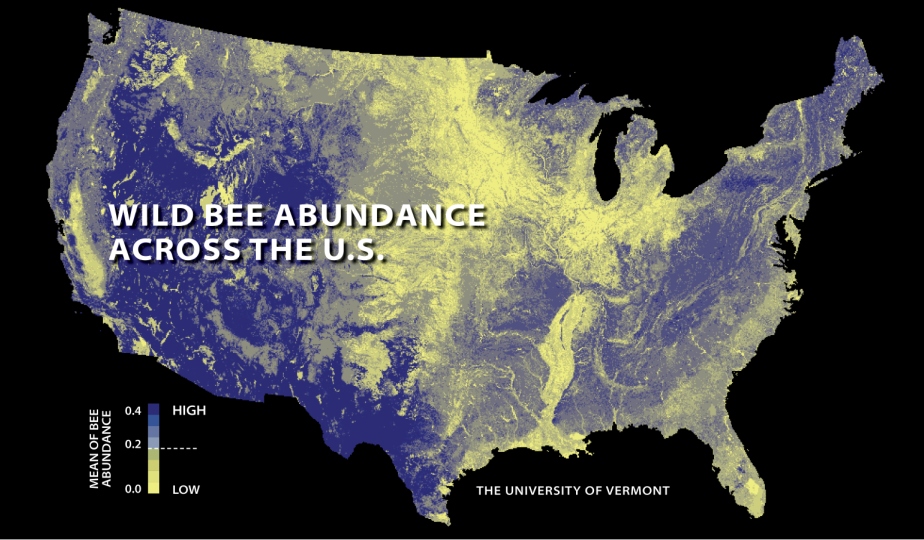Targeting Aggressive Cancers
Using genetic fingerprinting to diagnose and treat an aggressive cancer.

Using genetic fingerprinting to diagnose and treat an aggressive cancer.
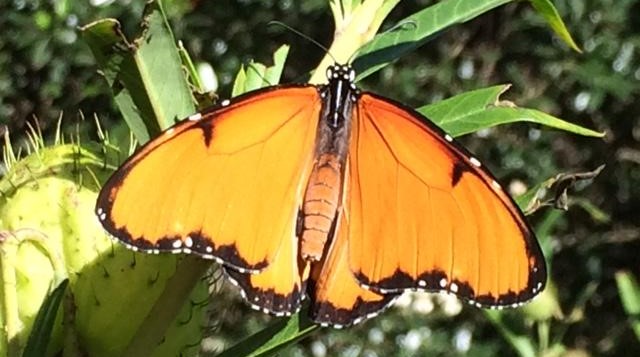
Microbes passed from generation to generation cause all male babies of an African butterfly to die, influencing evolution.
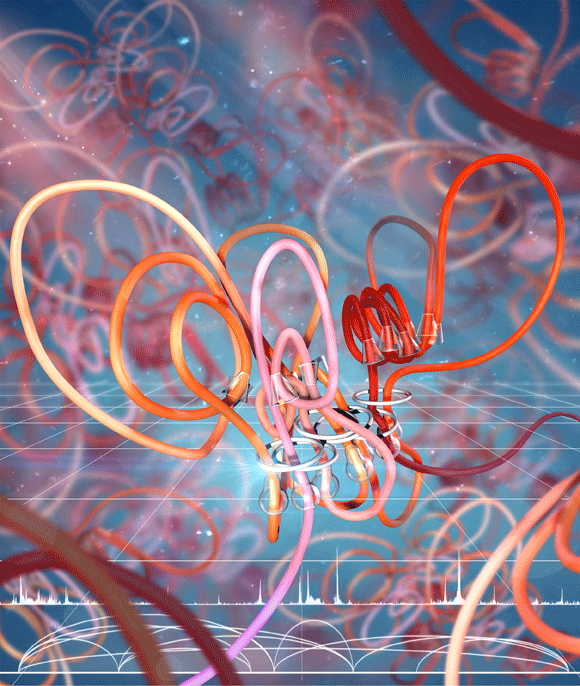

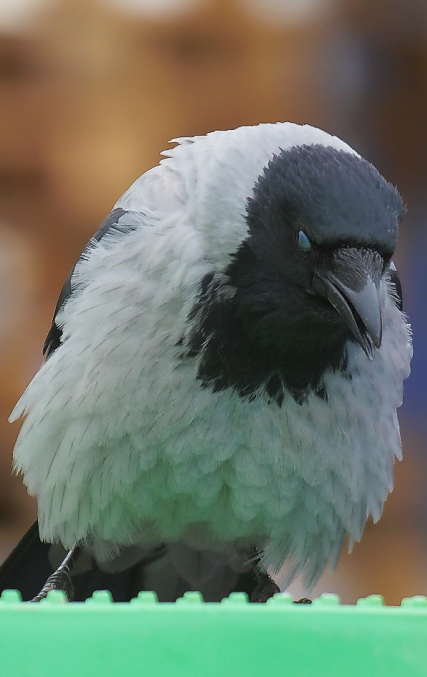
How do crows and other birds calculate the risks and benefits of human-dominated urban environments?
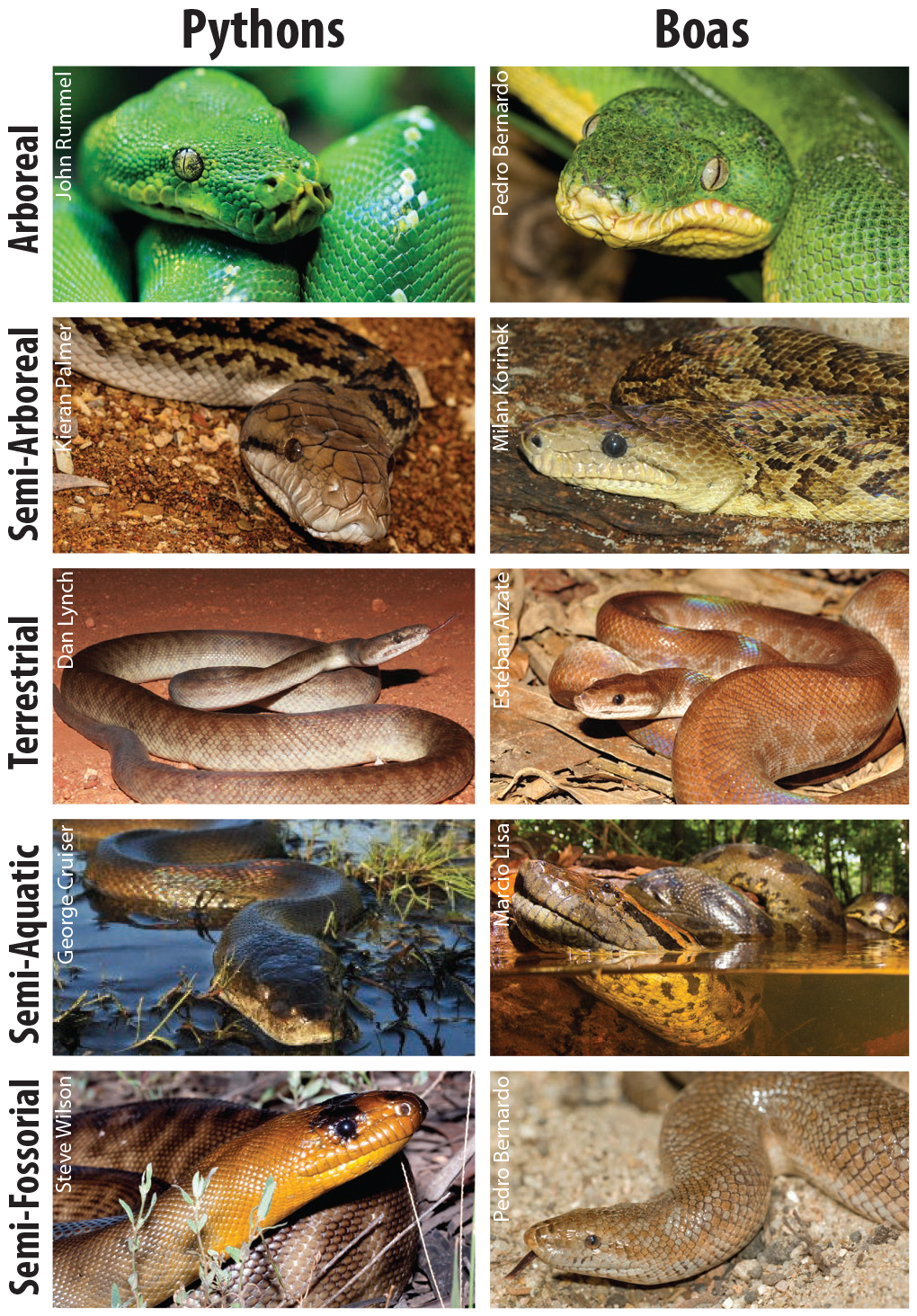
Some unrelated snake species have evolved major similarities even though they live halfway around the world from each other.
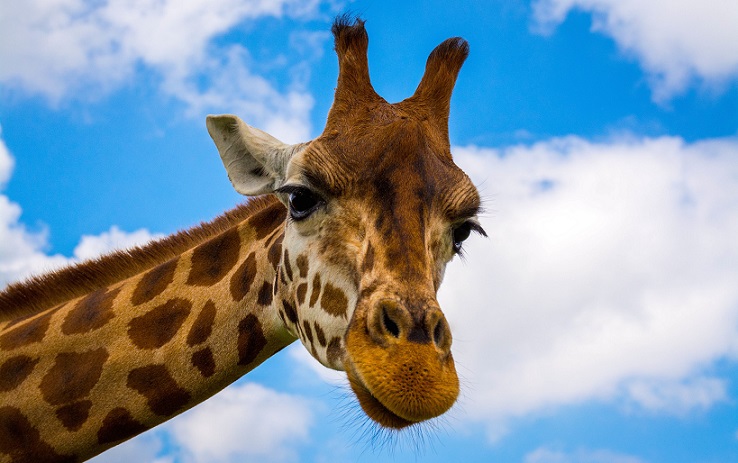
Scientists have sequenced the genome of the giraffe, looking for key differences in their DNA that allows them to tower above all other animals.
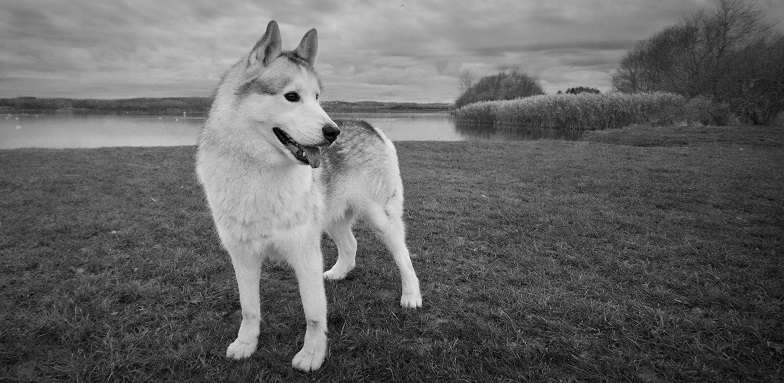
Today’s dogs may have arisen from two different wolf populations, on opposite sides of Eurasia.

Rattlesnake venom is more potent against local ground squirrels than those from other locales.
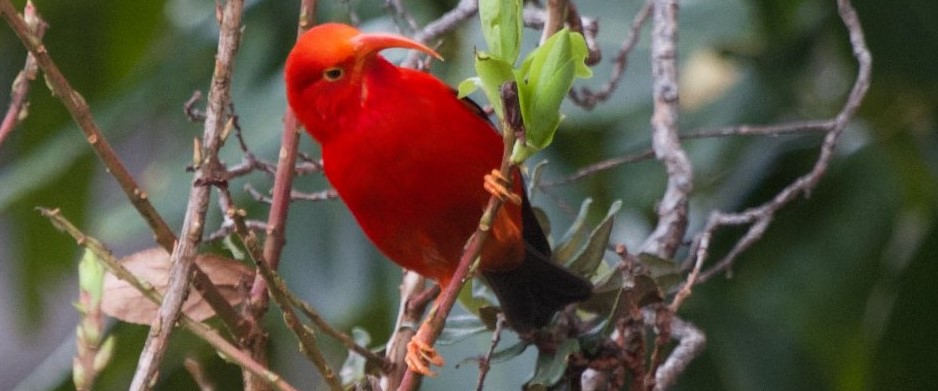

By using more sophisticated technology to deal with a harsh and unpredictable Ice Age climate, modern humans may have been more successful at finding food than Neandertals.

Scientists pinpoint two genes that help explain why fraternal twins are common in some extended families and not in others.
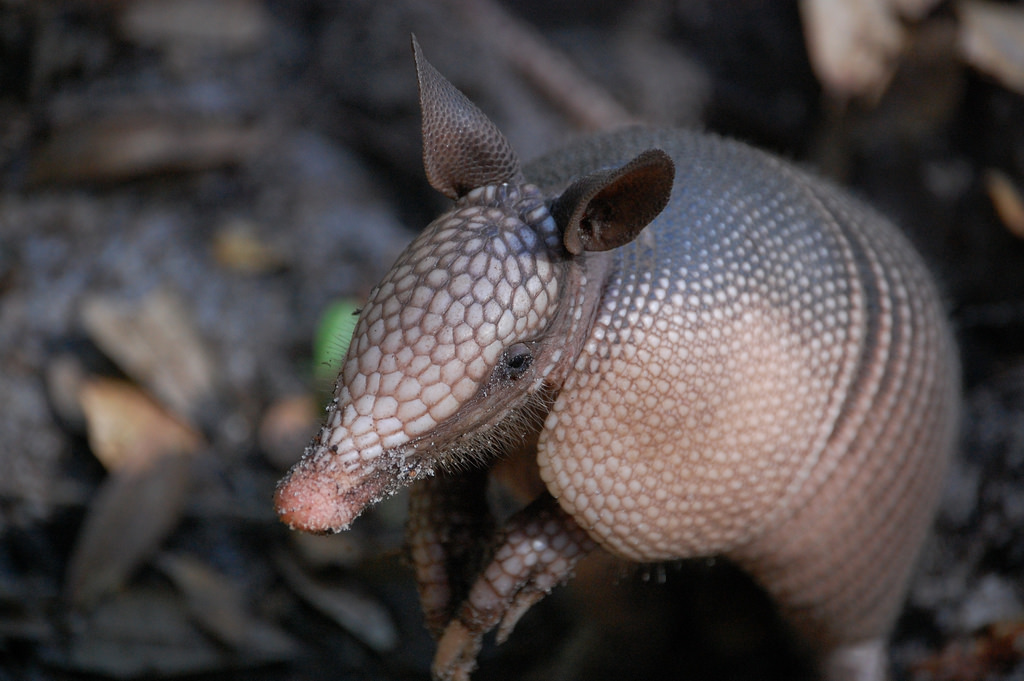
The armadillo’s poor eyesight is helping researchers understand the genes behind certain forms of blindness.
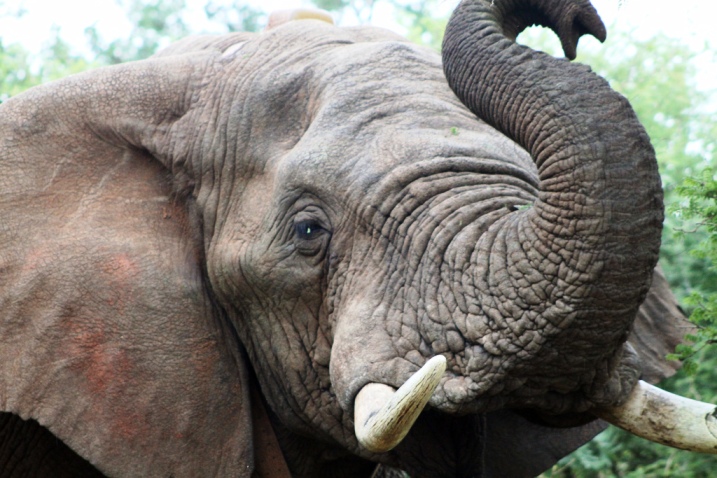
Elephants, unlike mammals much more similar to us, seem to instinctively understand pointing gestures.

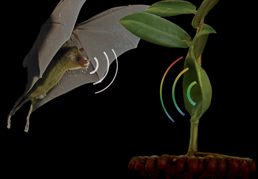
BATS & DOLPHINS (Encore Presentation): Dolphins that heal themselves, and dolphins that use electroreception in addition to echolocation. Also, How vampire bats find their prey, and how a Cuban plant takes advantage of a bat's ability to echolocate.
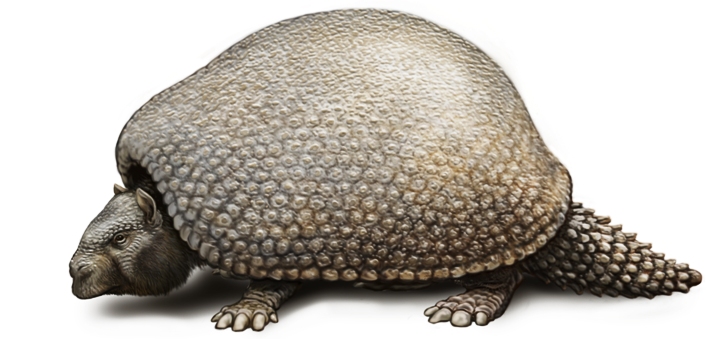
DNA evidence reveals that the enormous armored glyptodont, an extinct South American mammal, was a close cousin to modern armadillos.
Neandertals contributed to genetic risk factors for some of today’s health problems and even mood disorders in people of European and Asian descent.
Some researchers argue that the concept of race should be eliminated from genetic studies.
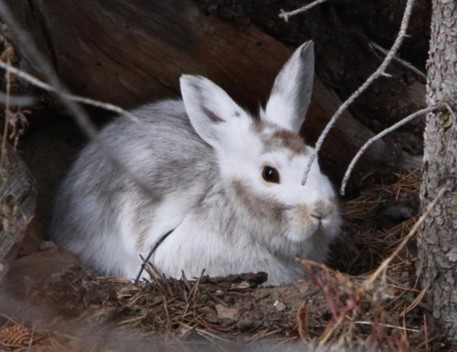
Snowshoe hares can’t help turning white in winter, even though climate change is delaying the first snowfall, making them easy prey.
